A diverse diet with at least 30 different plant-based foods per week – while this may sound quite challenging at first, it is actually a highly effective and simple way to support your gut health. In this article, we reveal our top 10 tips to effortlessly add more variety to your plate and explain why this challenge is well worth it.
A diverse diet promotes a happy gut microbiome
The recommendation to eat 30 plant-based foods per week is based on a large-scale study from the research initiative American Gut Project, which investigates the links between diet, the gut microbiome, and overall health (1).
Researchers found that microbial diversity – meaning the variety of bacteria in the gut – increases the more different plant-based foods we consume. Participants who ate 30 or more different plant foods per week had a significantly more diverse gut microbiome (= gut flora) compared to those who consumed no more than 10 different plant-based foods.
Note: Plant-based foods include not only various fruits and vegetables, but also grains (and grain products), legumes (such as beans, chickpeas and lentils), nuts, seeds and herbs such as rosemary, parsley or basil.
You can imagine your gut as a city full of different inhabitants (bacterial strains). Each inhabitant has its own favorite food. If you eat only a few different foods, only a few will be well-fed and happy. However, if you provide your inhabitants with as many different foods as possible, everyone gets a chance to enjoy their favourite meal and can go about their important work feeling strong and content.
Why a diverse gut microbiome matters
Diversity is one of the most important markers for assessing a healthy gut microbiome. High diversity is associated with, among other things, a strong immune system, psychological and mental health, and the prevention of numerous diseases affecting metabolism and the cardiovascular system (2).
Each bacterial resident in your gut has unique skills and responsibilities. The more diverse your gut team, the better it can support your overall health.
By the way: With the myBioma microbiome test, you can easily check your microbiome diversity and gain insights into the health of your gut flora - from the comfort of your home.
The benefits of a plant-based diet for your gut health
Plant-based foods support your beneficial gut bacteria and are rich in vitamins, minerals, and antioxidants that are important for countless bodily functions. They also provide you with plenty of fibre and polyphenols:
Dietary fibre
Dietary fibres are plant components that can't be broken down by human digestive enzymes. Instead, they reach the large intestine, where they serve as food for your gut bacteria. Fibre sources include whole grains, pseudocereals like buckwheat and quinoa, legumes such as lentils and beans, fruits and vegetables, nuts, and seeds.
Functions of dietary fibre (3):
- Stimulates bowel movements and helps prevent constipation.
- Slows down blood sugar spikes, reducing the risk of type 2 diabetes and preventing cravings.
- Can help lower cholesterol levels, reducing the risk of cardiovascular diseases and high blood pressure.
- Increases satiety, which can aid in weight regulation.
A particularly important group of fibres are prebiotic fibres - the favourite food of your gut bacteria. They help beneficial bacteria such as lactobacilli and bifidobacteria thrive and become metabolised into short-chain fatty acids, which play a crucial role in maintaining a healthy gut lining.

These foods are particularly rich in prebiotic fibres – the favourite food of your gut bacteria.
If you want to know more about the health benefits of a high-fibre diet, check out this blog post: Dietary fibre: health benefits and tips for a fibre-rich diet - including a meal plan!
Polyphenols
Polyphenols are versatile health boosters found in many plant-based foods. These secondary plant compounds are responsible for the plant's bright colour, aroma, and taste. Polyphenols offer numerous benefits: They have antioxidant, anti-inflammatory, and immune-boosting effects, among other things. They also possess prebiotic properties and thus promote the health of your gut flora (4).
The best polyphenol sources include richly coloured fruits and vegetables, particularly dark berries such as blueberries, aronia berries, and blackcurrants. Other excellent sources are soybeans, dark chocolate, olives (and olive oil), coffee, black tea, and green tea.
For more insights on polyphenols, check out this blog post: Polyphenols and gut health: How plant compounds strengthen the gut flora
The best tips: How to eat 30 different plant-based foods in a week
We’ve gathered our top 10 tips to make a diverse diet easier and more enjoyable:
💡 Tip 1: Take advantage of plant variations
Different varieties of the same food count as separate “points.” For example, red, green, and yellow bell peppers each count as an individual plant since their colors contain different polyphenols and nutrients, providing distinct health benefits.
💡 Tip 2: Be curious about new foods
Next time you're grocery shopping, keep an eye out for vegetables, fruits, or legumes you’ve never tried before. Or switch up your bread choice - how about einkorn or buckwheat bread? Even better, put on your apron and bake our flower focaccia with einkorn flour.
💡Tip 3: Eat what's in season
Whether root vegetables in winter, fresh berries in summer, or pumpkin in fall – seasonal foods are not only particularly flavourful, but also nutrient-rich and more sustainable. By following the seasons, you automatically bring more variety to your plate and ensure a variety of vitamins, minerals, and fibre. A seasonal calendar or a visit to a farmers' market can help you discover the best local ingredients year-round.
💡Tip 4: Eat the rainbow
This playful approach to nutrition encourages you to consume a wide range of colourful fruits and vegetables. Each colour represents different nutrients and health benefits. A vibrant plate ensures you get a diverse mix of vitamins, minerals, polyphenols, and antioxidants. Find out more about the benefits of each colour and discover one of our most favourite colourful recipes, here: Eat the rainbow: Recipe for crispy, fresh summer rolls
💡Tip 5: Grow your own sprouts or cress
Sprouts are little powerhouses that can grow year-round right in your kitchen. You don't need a balcony, a garden, or even a green thumb. They can be grown from a variety of seeds - including cress, alfalfa, broccoli, or radishes. Not only are all of them rich in nutrients, they also visually enhance any meal and bring crisp, fresh flavor to your plate. You can find instructions here: Grow your own sprouts: superfood right from your windowsill.
💡Tip 6: Make your own muesli mix
Instead of sticking to a single grain at breakfast, create your own nutrient-rich muesli blend. Simply buy your favourite ingredients in bulk, mix them in a large container, and save time in the morning! Great options include various grains (oats, millet, buckwheat, spelt…), popped pseudocereals (amaranth, quinoa…), protein-rich soy flakes, assorted nuts and seeds, and chopped dried fruits like dates or raisins. The more variety, the better!
💡Tip 7: Make your own salad topping mix
For extra crunch and nutritional boost, combine various seeds, grains, and chopped nuts in a sealable container. This way, you'll always have a nutrient-rich topping for salads or vegetable dishes on hand. Examples include sesame seeds (black sesame adds a particularly refined touch), sunflower seeds, pumpkin seeds, hemp seeds, pine nuts, or chopped walnuts, cashews, almonds, Brazil nuts, pecans, or pistachios. For added flavor, you can also briefly toast the mixture in a pan before sprinkling it over your dish.
💡Tip 8: Sneak in vegetables
Did you know that grated vegetables give a cake a particularly moist texture? This secret has helped carrot cake to become so popular and adds a beautiful colour to our sugar-free beetroot muffins. While the vegetables are barely noticeable in flavour, they add an extra dose of healthy fibre.
💡Tip 9: Use legumes in a variety of ways
Lentils, chickpeas, and beans (available in a wide variety!) are perfect for any curry, stir-fried vegetable dish, or salad, and can be used to make protein- and fibre-rich spreads or burger patties. Raw, dried beans and chickpeas are easy to cook and freeze in portions. This way, you save waste and money, and you'll always have an extra, nutrient-rich ingredient ready from the freezer for stews.
💡Tip 10: Enjoy a daily spoon of our prebiotic fibre complex myBioma Balance
This naturally fruity-tasting powder is packed with prebiotic fibres (guar gum and acacia fibre) and polyphenols from wild blueberries and ginger. By incorporating it into your morning routine, you can easily benefit from the goodness of four additional plant foods.
Every attempt to incorporate more variety and more plant-based foods into your diet is a leap of joy for your gut bacteria and paves the way to better health and well-being. Keep it up! 💜
References
- McDonald D, Hyde E, Debelius JW, Morton JT, Gonzalez A, Ackermann G, et al. American Gut: an Open Platform for Citizen Science Microbiome Research. mSystems. May 15, 2018;3(3):10.1128/msystems.00031-18.
- Kriss M, Hazleton KZ, Nusbacher NM, Martin CG, Lozupone CA. Low diversity gut microbiota dysbiosis: drivers, functional implications and recovery. Curr Opin Microbiol. Aug 2018;44:34-40.
- Ioniță-Mîndrican CB, Ziani K, Mititelu M, Oprea E, Neacșu SM, Moroșan E, et al. Therapeutic Benefits and Dietary Restrictions of Fiber Intake: A State of the Art Review. Nutrients. January 2022;14(13):2641.
- Wang X, Qi Y, Zheng H. Dietary polyphenol, gut microbiota, and health benefits. Antioxidants. June 20, 2022;11(6):1212.


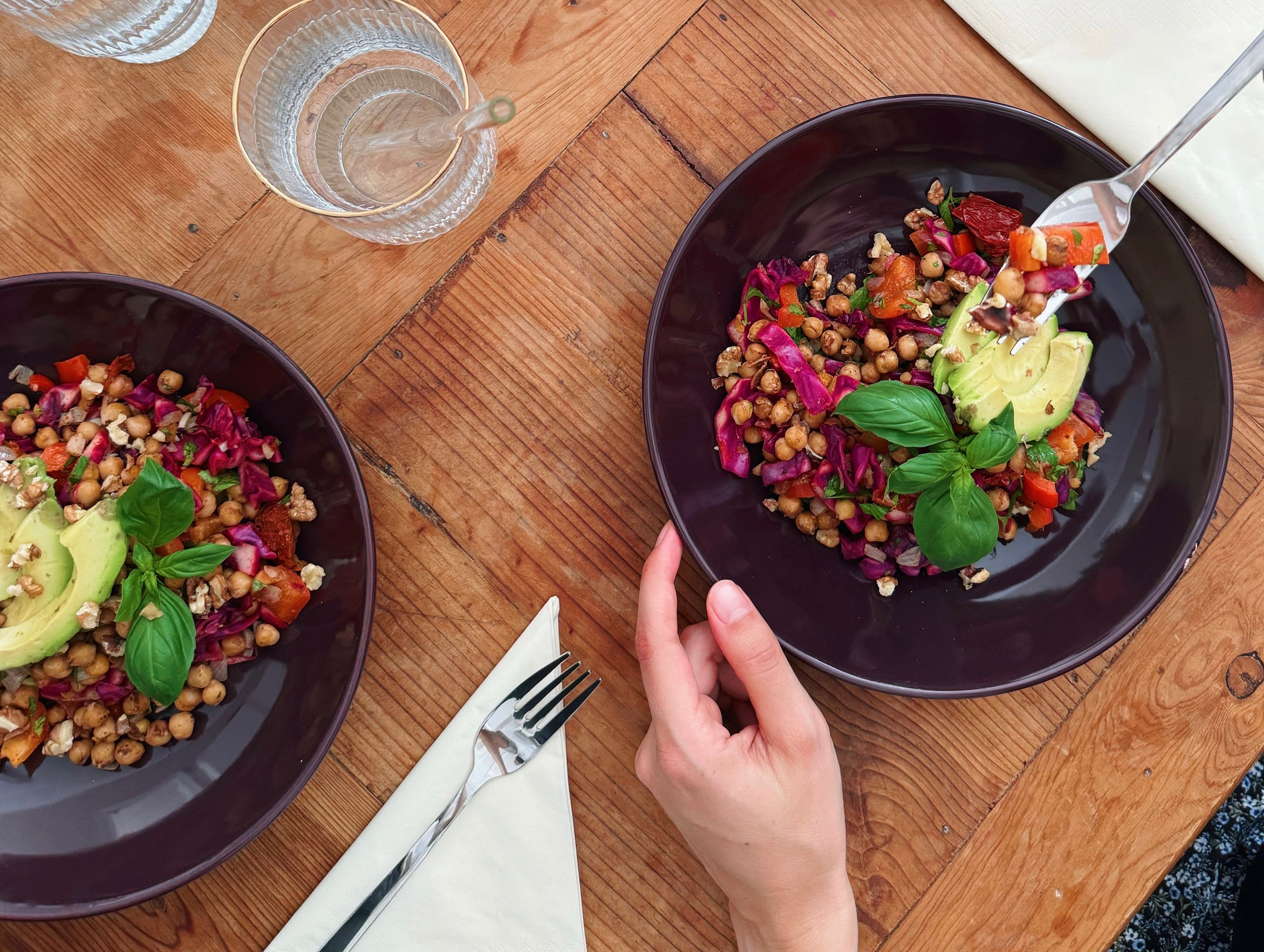
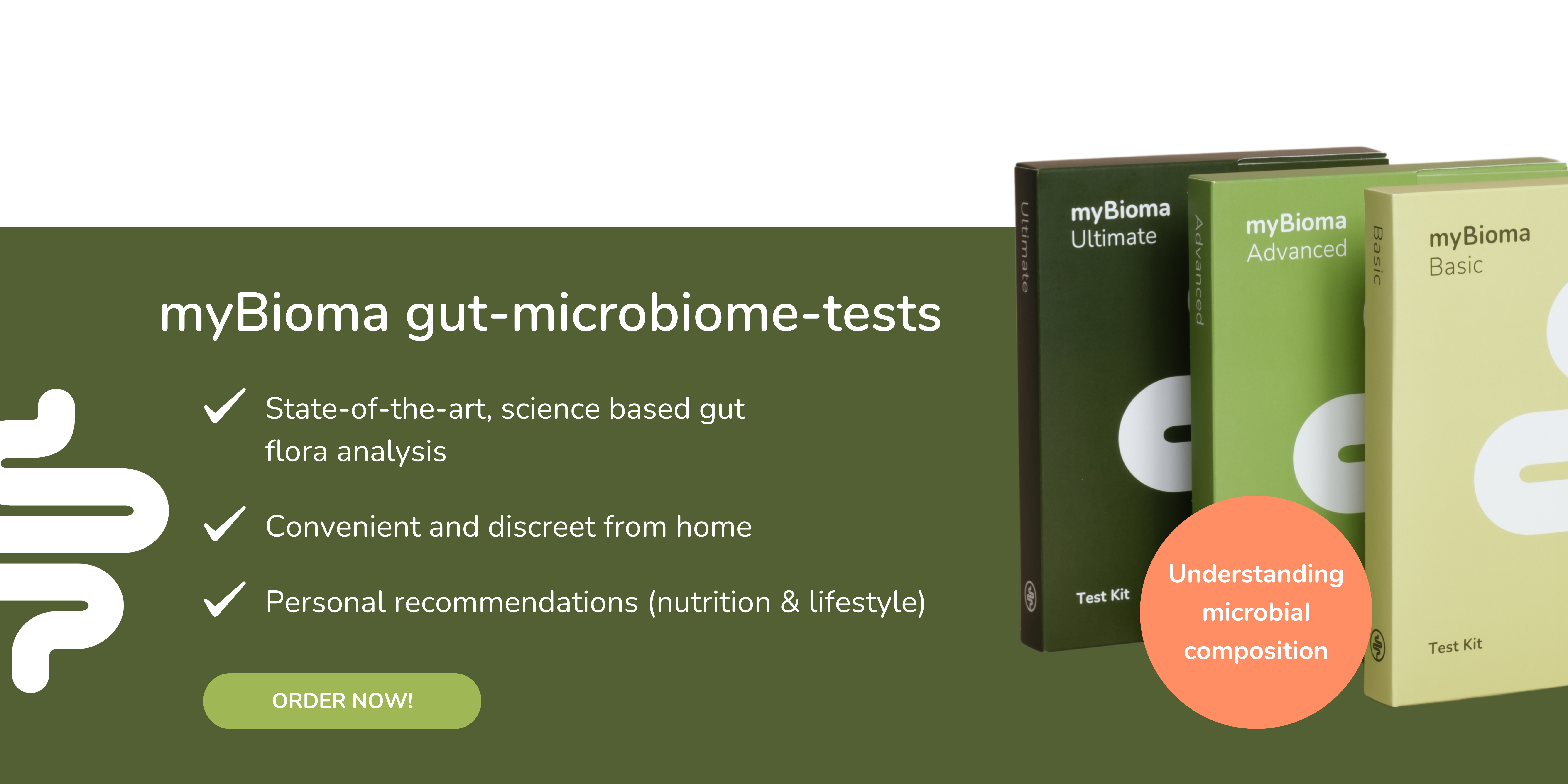
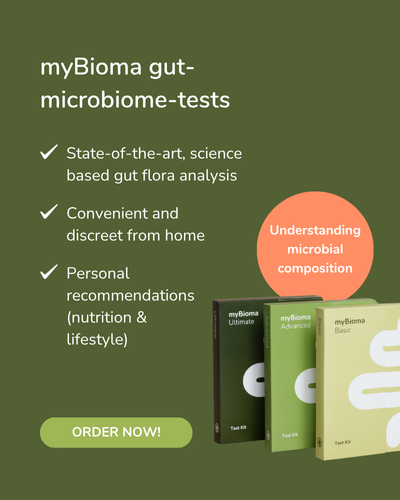
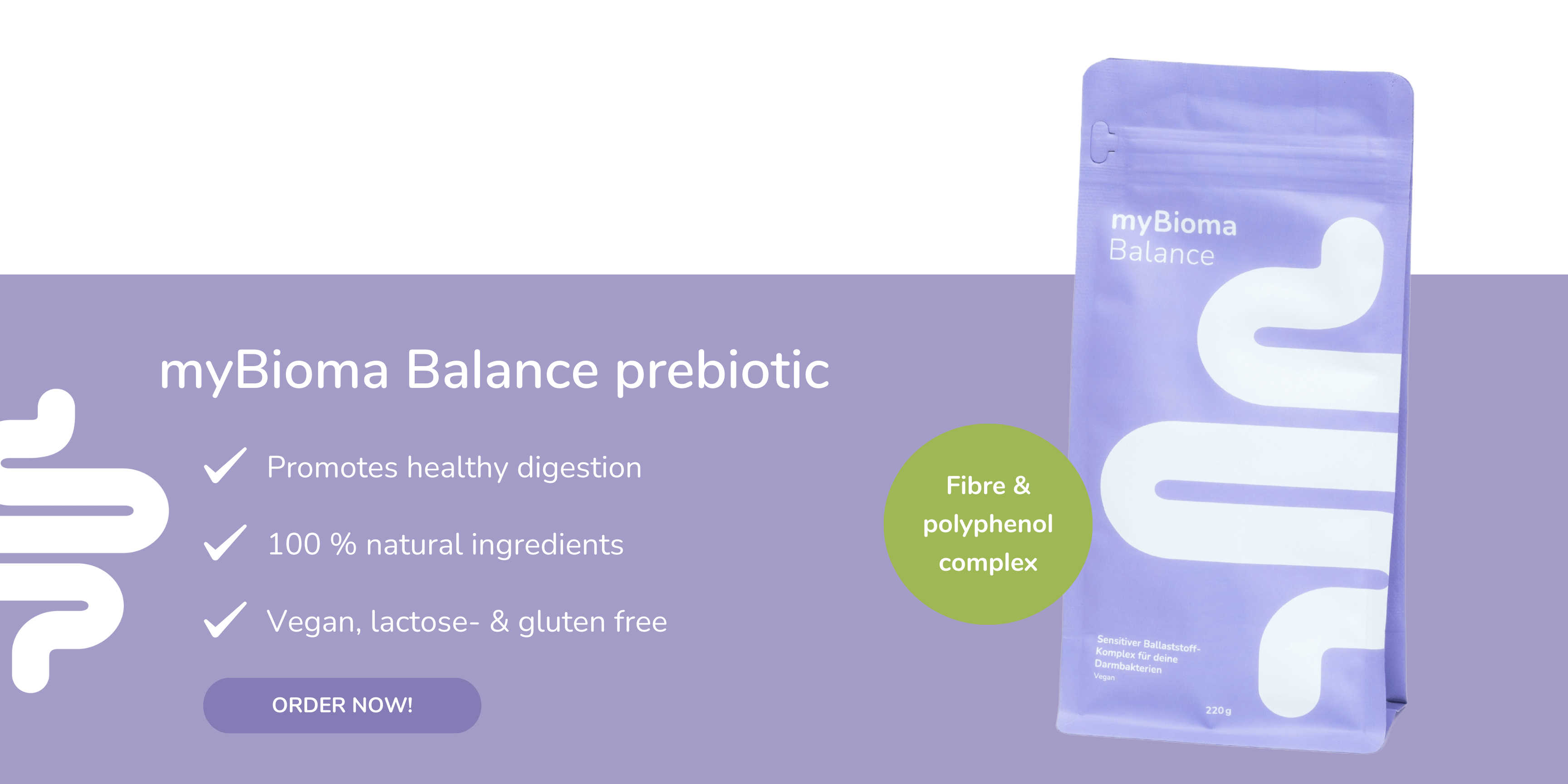
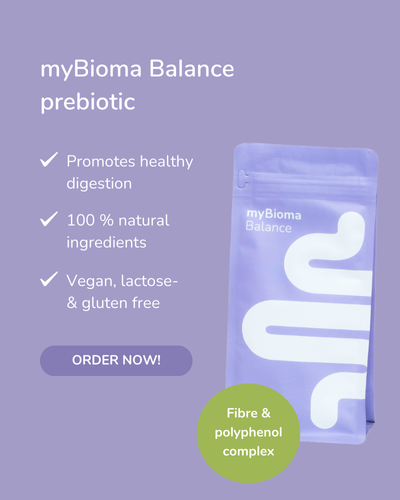

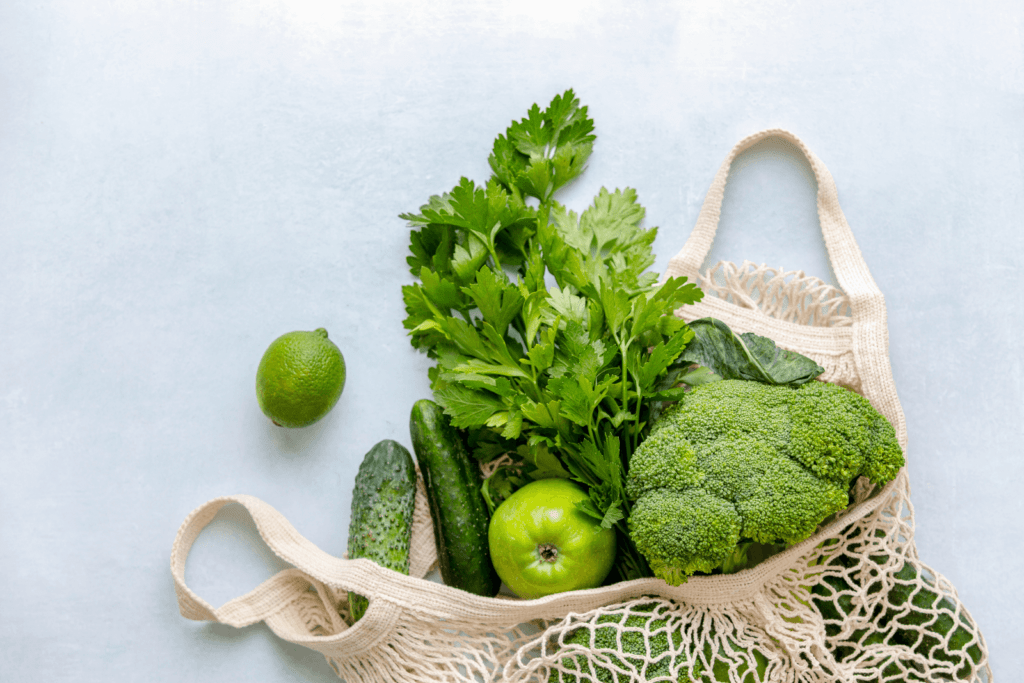
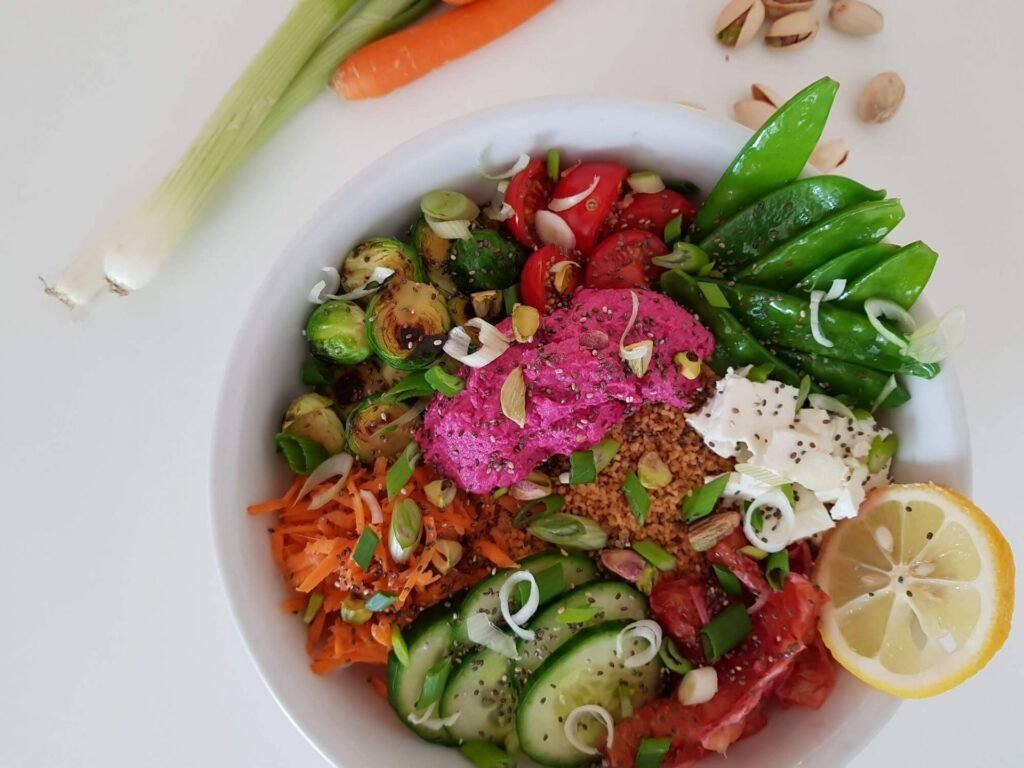
2 comments
Liebe Sabine, vielen Dank für deine Frage!
Lektine können tatsächlich toxisch wirken und die Darmschleimhaut beeinträchtigen. Allerdings werden diese Stoffe durch Kochen überwiegend abgebaut, und stark lektinhaltige Lebensmittel wie Bohnen isst man ohnehin nicht roh. Die Aufnahme von geringen Mengen ist in der Regel kein Problem. Lektine besitzen sogar einige positive Eigenschaften – zum Beispiel wirken einige Lektine antioxidativ und stabilisieren den Blutzuckerspiegel. Mit der richtigen Zubereitung musst du dir also keine Sorgen machen und auch das Bundesinstitut für Risikobewertung betont: „Keinesfalls sollte zugunsten einer lektinarmen Ernährung auf pflanzliche Lebensmittel verzichtet werden.".
Es gibt allerdings wie immer Ausnahmen: Manche Personen reagieren sehr empfindlich auf Lektine und auch bei bestimmten Erkrankungen (z.B. chronisch-entzündlichen Darmerkrankungen) sollte man vorsichtig sein.
Liebe Grüße
Carina von myBioma
Hallo myBioma Team, mit der vielen pflanzlichen Ernährung und der Darmgesundheit, wie sieht es da mit den Lektinen aus , sie sollen ja doch problematisch sein ?! Was ist eure Meinung dazu ?
Liebe Grüße Sabine